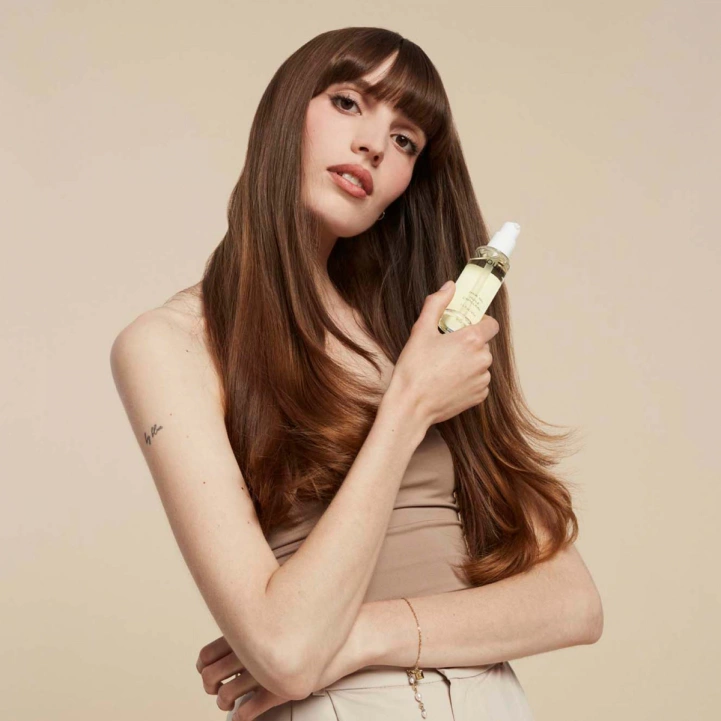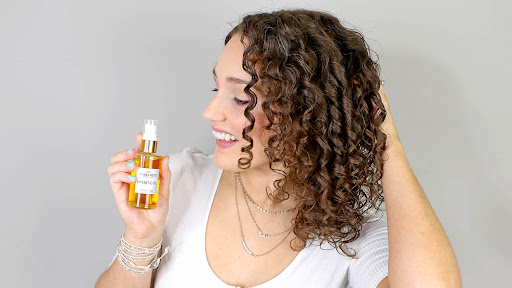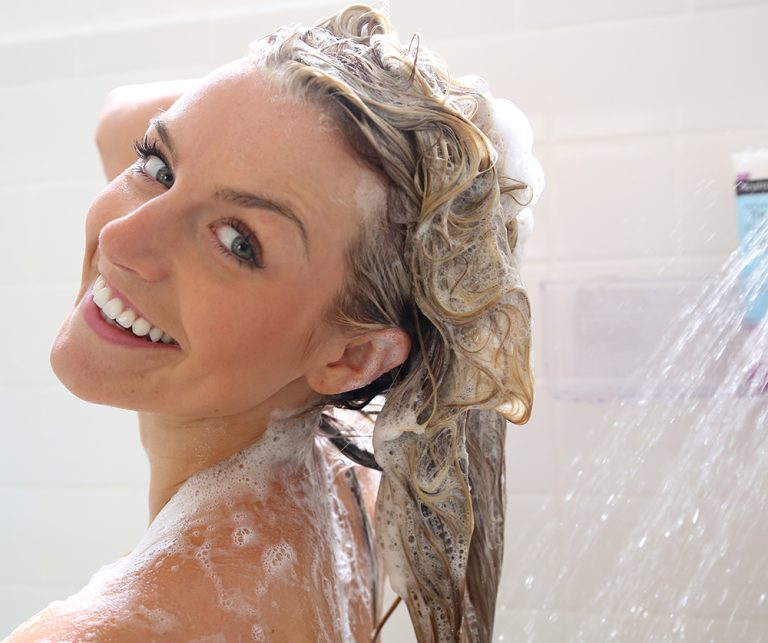
How to Get Oil Out of Hair
The Slick Situation: Removing Unwanted Oil from Hair
We’ve all been there – you go a little too heavy-handed with a hair oil, serum, or even good ol’ fashioned cooking oil. Suddenly, your strands go from soft and shiny to an unmanageable, greasy mess. While oils can work wonders for dry, damaged hair when used properly, getting them out after overdoing it is no easy feat. But don’t panic! There are plenty of effective ways to de-grease and restore your hair’s fresh, bouncy texture. Let’s dive into some of the best methods for removing stubborn oil buildup from your locks.
The Shampoo Solution
Your first line of defense against heavy oil residue? A clarifying shampoo. Unlike gentle, moisturizing formulas, clarifying shampoos contain higher concentrations of surfactants designed to break down and remove buildup, oils, and impurities from the hair and scalp. Look for formulas containing ingredients like sulfates, salts, or activated charcoal for extra de-greasing power.
Don’t go overboard with too much shampoo though – a little goes a long way when clarifying. Focus on working it directly into your oily roots and scalp area first before pulling it through to your ends. Let it sit for 2-3 minutes to fully break down oils before rinsing thoroughly. You may need to repeat the lather and rinse process once or twice for extremely greasy hair. Follow with your regular conditioner as usual.
The Dry Solution
For a quick, waterless fix, try sprinkling a bit of dry shampoo onto your oily roots and massaging it in. Dry shampoos contain oil-absorbing starches and alcohols that soak up excess grease and residue with ease. Use either an aerosol or powder dry shampoo formula and let it sit for 5 minutes before brushing through.
Dry shampoo is ideal for getting lighter oils out, but may not be enough for thick, heavy oil buildup. For mega grease, you’ll likely need to move on to more heavy-duty wet solutions.
The Absorption Solution
Sometimes, the oil you’re hoping to remove was intentionally applied as a hair treatment or mask. In this case, you’ll want to utilize absorbent ingredients to draw out and soak up as much oil as possible before shampooing. Reach for kitchen staples like corn starch, baking soda, oat flour or almond flour.
Start by sprinkling a light coating of your absorbent ingredient directly onto your hair, concentrating on your oiliest areas first. Use a brush or your fingers to work it through and absorb as much oil as possible. Let it sit for 10-15 minutes before brushing out any excess powder. Then, hop in the shower and shampoo thoroughly to remove any remaining residue and oil.
The Dish Soap Solution
If you’ve tried everything and your hair is still a greasy, stringy mess, dish soap may be your last resort solution. Why dish soap? The degreasers it contains are formulated to cut through cooking oils and grime with ease. Popular options like Dawn work like a charm to dissolve and rinse away even the heaviest, most stubborn oils weighing hair down.
For this method, wet hair thoroughly and massage a small amount of dish soap directly into your scalp and strands. Let it sit for up to 10 minutes before rinsing away the suds. You may need to shampoo once more to eliminate any residual soapy feel left behind. Follow with a deep conditioning mask to restore lost moisture.
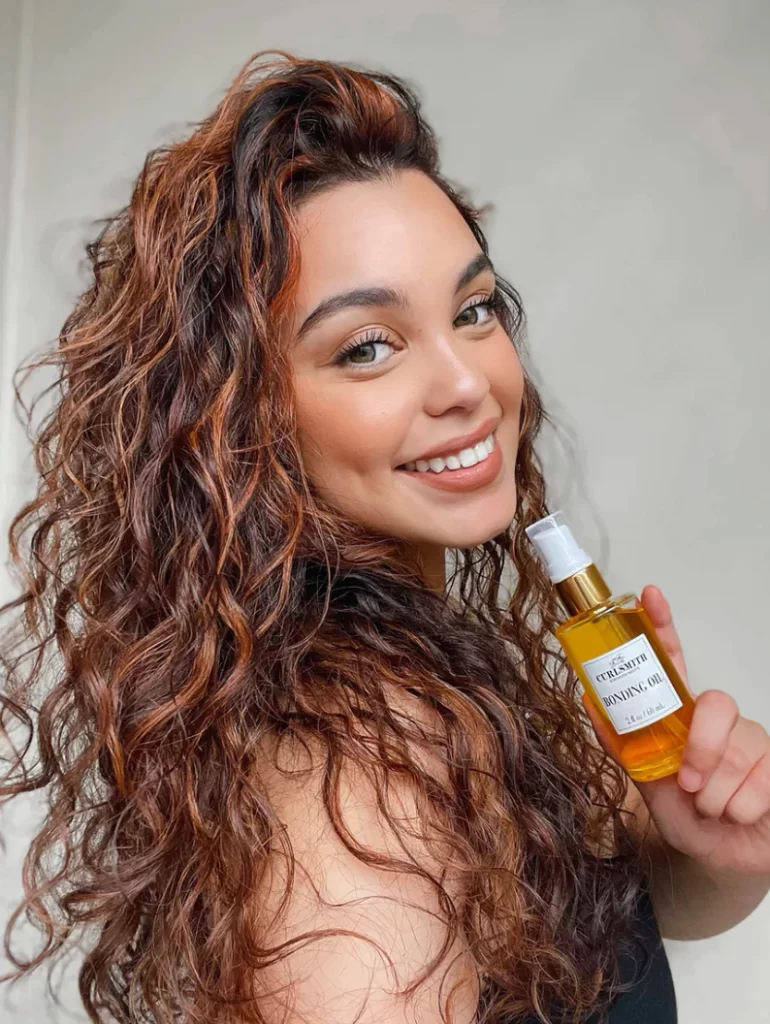
Additional Tips
No matter which de-greasing method you use, there are a few precautions to keep in mind:
•Apply oil removers only to your hair, not your scalp, as they can lead to irritation and dryness.
•Always use a deep conditioner or hair mask after de-greasing to replace any lost moisture and shine.
•Hold off on any heat styling until your hair’s natural oils are restored to avoid further damage.
•Consider switching to a lighter-weight oil or serum if you over-applied a thicker one like coconut or olive.
•Adopt gentler oil application techniques going forward, focusing mostly on your ends.
With a few simple tricks, you can easily de-slick oily hair and restore it to its fresh, bouncy, beautiful self in no time. The key is finding the right combination of de-greasing method plus deep conditioning to remove oil buildup without zapping too much moisture. Your hair will feel like new again!
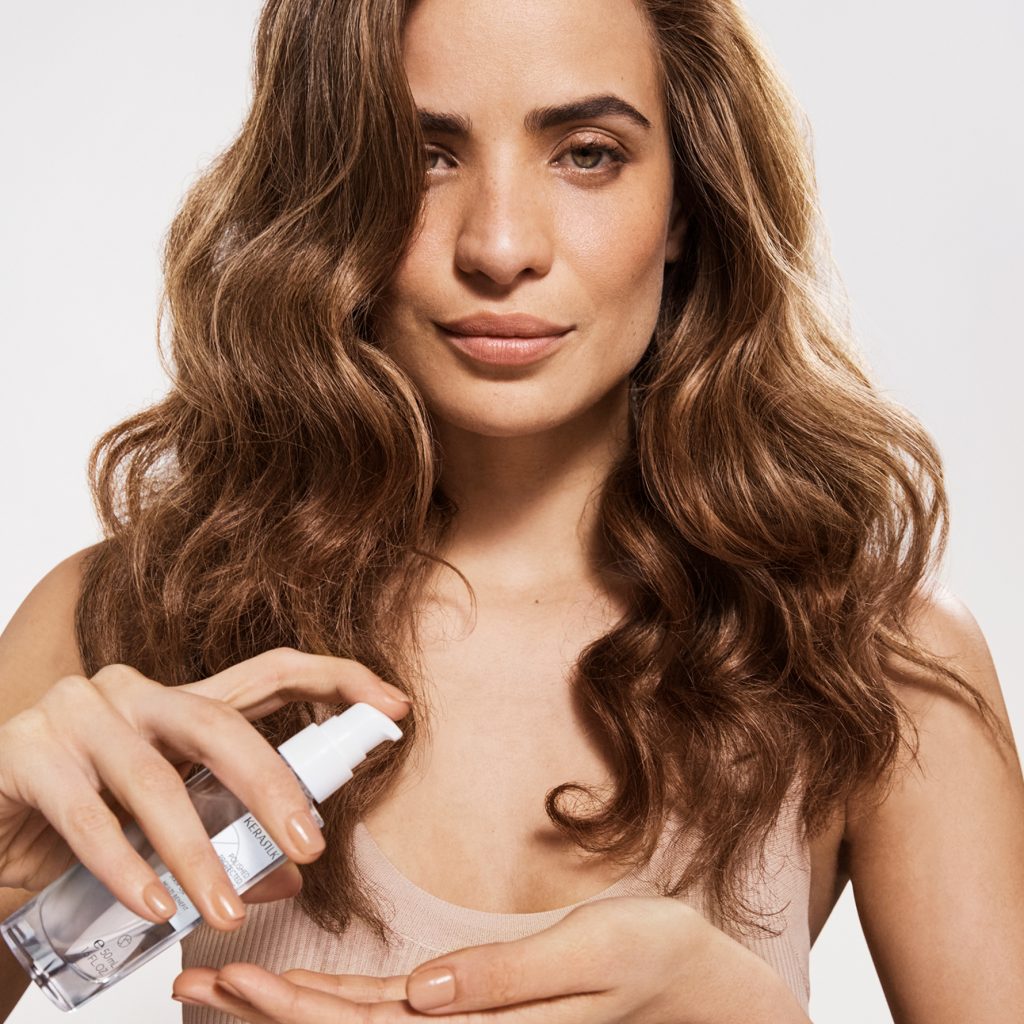
Conclusion
Removing oil from the hair can be achieved through various effective methods, offering individuals the opportunity to restore a clean and refreshed appearance to their locks. By incorporating the use of dry shampoo, individuals can absorb excess oil from the scalp and hair, providing a quick and convenient solution for oil removal in between washes. Additionally, the application of cornstarch or baby powder can serve as an alternative to dry shampoo, helping to absorb and neutralize the excess oil, making it easier to brush out and achieve a cleaner look.
Furthermore, the use of natural remedies such as aloe vera gel or diluted apple cider vinegar can help to cleanse and balance the scalp, reducing the greasy appearance caused by excess oil. Additionally, a gentle and thorough washing with a clarifying or oil-fighting shampoo can effectively remove built-up oil and impurities from the hair, promoting a refreshed and revitalized look.
It is important to remember that while these methods can help alleviate the appearance of oily hair, maintaining a balanced hair care routine with the appropriate products for individual hair types is essential for long-term oil control and scalp health.
By leveraging these effective methods for oil removal, individuals have the opportunity to restore a clean and refreshed appearance to their hair, promoting a balanced and healthy scalp. Whether through the use of dry shampoo, natural remedies, or clarifying shampoos, individuals can address oil buildup and maintain a fresh and revitalized look for their locks. With a mindful and consistent approach to hair care, individuals can effectively manage excess oil and promote a refreshed and balanced appearance to their hair and scalp.
